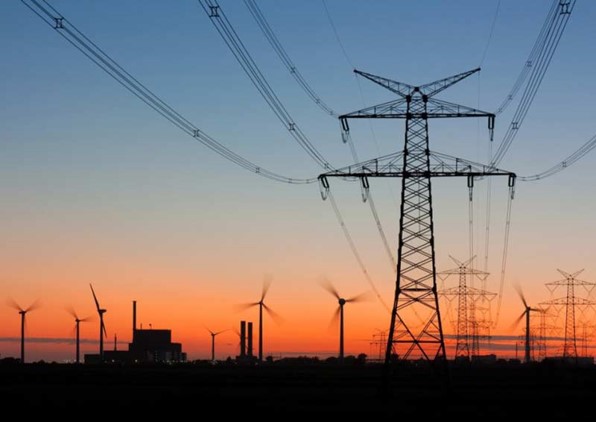Turning Real-Time Energy Data into Actionable Insights
Home Turning Real-Time Energy Data into Actionable Insights
Turning Real-Time Energy Data into Actionable Insights
Energy monitoring solutions (EMS) provide a wealth of real-time data, but transforming that data into actionable insights requires careful analysis and interpretation. Here's a detailed guide to unlocking the full potential of your EMS:
1. Define Your Goals and KPIs:
Start with clear goals: What do you aim to achieve with your EMS? Is it cost reduction, improved efficiency, sustainability targets, or equipment health monitoring?
Establish key performance indicators (KPIs): Translate your goals into measurable metrics, like kWh saved, peak demand reduction, or equipment uptime percentage. Regularly tracking these KPIs will gauge progress and highlight areas for improvement.
2. Understand Your Data:
Familiarize yourself with the data: Get to know the different parameters recorded, their meaning, and potential relationships between them.
Identify anomalies and trends: Look for unusual spikes, dips, or correlations in data points. These could indicate inefficiencies, equipment malfunction, or opportunities for optimization.
Utilize data visualization tools: Charts, graphs, and dashboards can make complex data easy to understand and identify patterns quickly.
3. Implement Deep Dive Analysis:
Drill down into specific areas: Analyze data for individual equipment, departments, or processes to pinpoint specific energy-guzzlers.
Correlate data with external factors: Consider weather conditions, production schedules, or occupant behavior to understand their impact on energy consumption.
Utilize data analytics tools: Advanced analytics can uncover hidden patterns, predict future trends, and offer optimization recommendations.
4. Translate Insights into Action:
Prioritize opportunities: Focus on solutions with the highest potential impact based on cost savings, ease of implementation, and alignment with your goals.
Develop and implement action plans: Define specific actions, responsible parties, and timelines for implementing identified solutions.
Monitor and measure progress: Continuously track the impact of implemented changes on your KPIs to ensure effectiveness and identify further optimization opportunities.
5. Foster a Culture of Energy Awareness:
Communicate insights and successes: Share data-driven insights with relevant stakeholders to raise awareness and encourage energy-conscious behavior.
Incentivize energy-saving actions: Recognize and reward employees who contribute to achieving energy goals.
Promote continuous improvement: Encourage ongoing monitoring, reporting, and analysis to maintain momentum and identify new optimization opportunities.
Additional Tips:
Integrate with other systems: Consider integrating your EMS with Building Management Systems (BMS) or production data platforms for holistic analysis. Utilize machine learning: Leverage machine learning algorithms to automate anomaly detection, predict energy consumption, and suggest proactive maintenance.
Recent Post

Tag Cloud
Scope of Energy Audit:
Identify areas of opportunity for energy saving and recommend the action plan to bring down total energy cost in the organisation.
Read MoreStay Updated!!!
Quick Links
Popular Links
Get In Touch
Bangalore, Karnataka
info@jouleye.com
99000 34002



